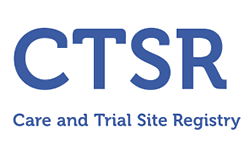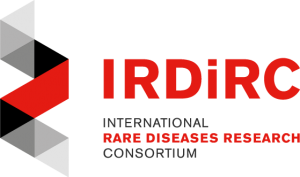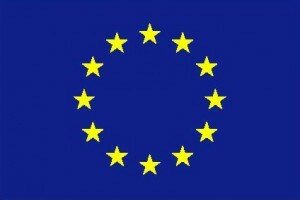Authors
Hung PhuocNguyen, Sara Van Mossevelde, Lubina Dillen, Jan L.De Bleecker, Matthieu Moisse, Philip Van Damme, Christine Van Broeckhoven, Julie van der Zee on behalfof the BELNEU Consortium
Journal
Neurobiology of Aging,
Publication date
August 2017
Abstract
We evaluated the genetic impact of the amyotrophic lateral sclerosis (ALS) risk gene NIMA-related kinase 1 (NEK1) in a Belgian cohort of 278 patients with ALS (n=245) or ALS with frontotemporal dementia (ALS-FTD, n=33) and 609 control individuals. We identified two ALS patients carrying a loss-of-function (LOF) mutation, p.Leu854Tyrfs*2 and p.Tyr871Valfs*17, that were absent from the control group. A third LOF variant p.Ser1036* was present in two sibs with familial ALS, but also in an unrelated control person. Missense variants were common in both patients (3.6%) and controls (3.0%). The missense variant, p.Arg261His, which was previously associated with ALS risk, was detected with a minor allele frequency of 0.90% in patients compared to 0.33% in controls. Taken together, NEK1 LOF variants accounted for 1.1% of patients, although interpretation of pathogenicity and penetrance is complicated by the observation of occasional LOFs in unaffected individuals (0.16%). Furthermore enrichment of additional ALS gene mutations was observed in NEK1 carriers, suggestive of a ‘second hit’ model were NEK1 variants may modify disease presentation of driving mutations.
DOI link
10.1016/j.neurobiolaging.2017.08.021



